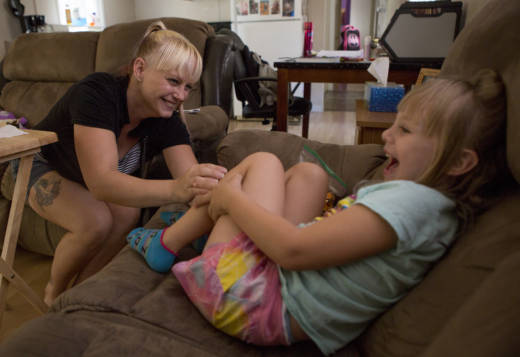Many people have experienced some kind of trauma in their childhood, such as loss of a caregiver, substance abuse in the home, homelessness or abuse. There are ten types of “Adverse Childhood Experiences” that were identified in a study conducted in the 1990s. The total number of childhood traumas someone has experienced determines their ACE score. About 2/3s of the people in the groundbreaking study had at least one ACE, but the researchers also found higher rates of adult physical and mental illness associated with the amount of trauma people experienced as children.
But the impact of trauma can be tempered with interventions, including ones that focus on building and repairing relationships with adults.
Residents of Butte County, California, have some of the highest ACE scores in the state. Public health and social services employees aren’t sure why this is, but cite poverty due to a lack of jobs, and high rates of methamphetamine addiction in the 1990s. The county’s office of education took extraordinary steps to address kids’ needs by taking a trauma-informed approach to educating students.
“Children have to be healthy enough to learn,” said child psychiatrist and Stanford professor Shashank Joshi. “That’s something that all school districts can agree on. And mental health is part of overall health.”
At Honey Run Academy in Paradise, California, principal Dena Kapsalis and her staff are careful not to assume anything about their students — what kinds of homes they come from, or even that they have homes.

